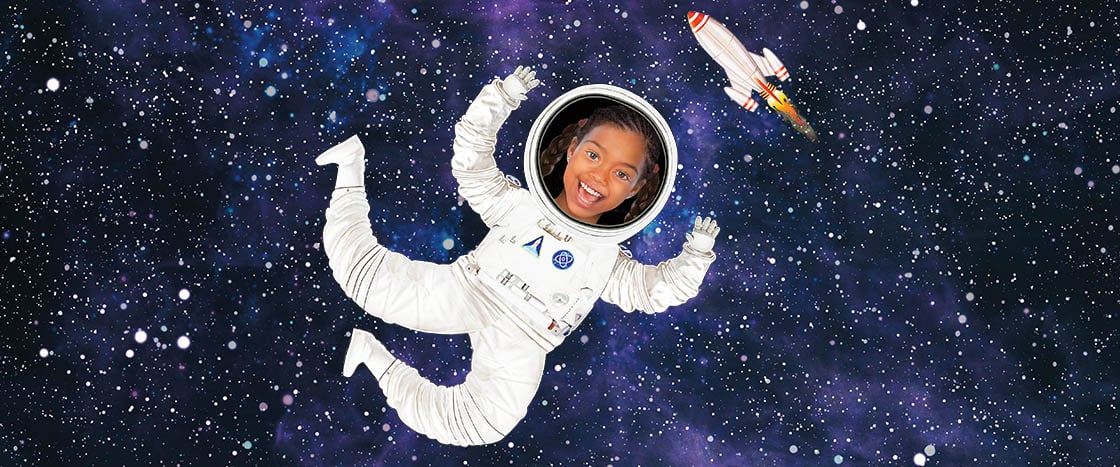3. . . 2 . . . 1 . . . blastoff! With a burst of rocket fire, you rush toward the sky. The spaceship rattles like the bumpiest roller-coaster ride ever. As you speed faster and faster, it feels like a giant hand is pressing you into your seat.
Then the rocket engine shuts off . . . and you’re instantly weightless. Unbuckling your seat belt, you float around the ship. Through the window, Earth looks like a watery marble hovering in the darkness of space.
Usually, astronauts study and train for years before they get this experience. But regular people might travel to space as soon as this year.
Some rocket companies are letting any adult buy a spot on a future space trip. And NASA, the government space agency, will soon let people visit the International Space Station—a science lab that circles high above Earth.
But you don’t need to be a rocket scientist to wonder: Are space vacations a good idea?
3. . . 2 . . . 1 . . . blastoff! With a burst of rocket fire, you rush toward the sky. The spaceship rattles like a bumpy roller-coaster ride. You speed faster and faster. It feels like a giant hand is pressing you into your seat.
Then the rocket engine shuts off. All of a sudden, you’re weightless. You unbuckle your seat belt and float around the ship. Through the window, Earth looks like a watery marble floating in the darkness of space.
Usually, astronauts study and train for years before they get to be in space. But regular people might travel there as soon as this year.
Some rocket companies are letting people buy a spot on a future space trip. And NASA, the government space agency, will soon let people visit the International Space Station. That’s a science lab that circles high above Earth.
But are space vacations a good idea?
3... 2... 1... ¡despega! Con la explosión de un cohete, te lanzas al espacio. La nave espacial traquetea como la montaña rusa más accidentada de la historia. A medida que acelera cada vez más rápido, se siente como si una mano gigante te estuviera presionando contra tu asiento.
Luego, el motor del cohete se apaga... e instantáneamente te quedas sin peso. Una vez te desabrochas el cinturón de seguridad, flotas por la nave. A través de la ventana, la Tierra parece una canica acuosa flotando en la oscuridad del espacio.
Por lo general, los astronautas estudian y entrenan durante años antes de vivir esta experiencia. Pero la gente común podría viajar al espacio tan pronto como este año.
Algunas compañías de cohetes permiten que cualquier adulto compre un asiento en un viaje espacial futuro. Y la NASA, la agencia espacial gubernamental, pronto permitirá que las personas visiten la Estación Espacial Internacional, un laboratorio de ciencias que circula muy por encima de la Tierra.
Pero no es necesario ser un científico espacial para preguntarse: ¿Son las vacaciones espaciales una buena idea?


